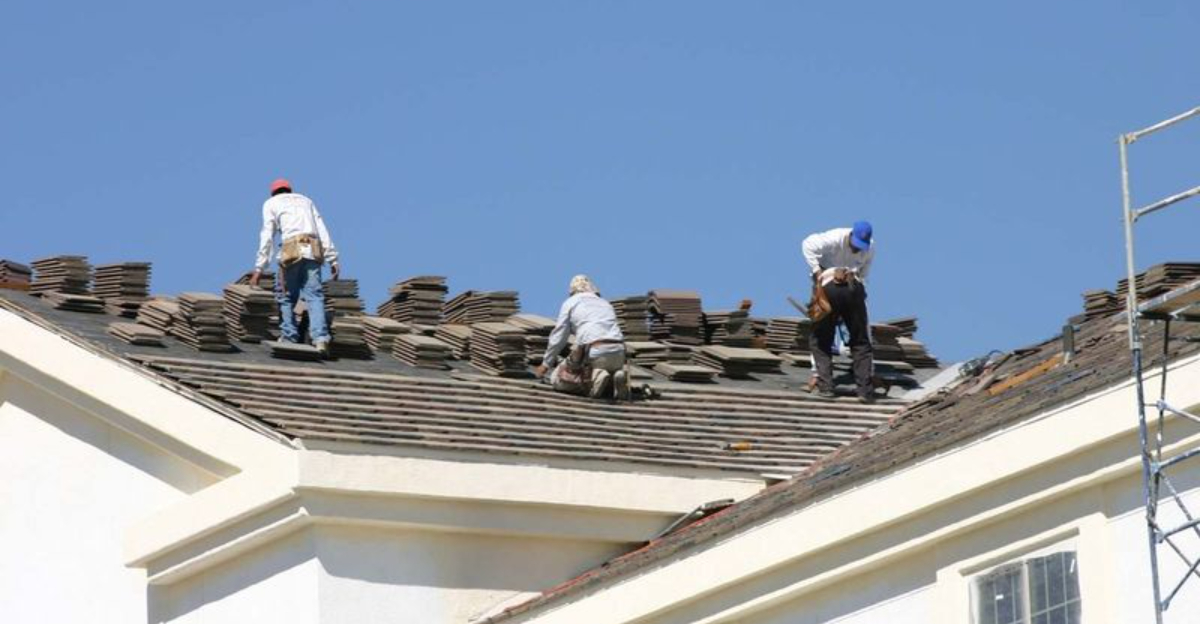Should I Replace My Roof? Here’s 15 Things To Consider
I’ve learned that ignoring your roof is one of those things that will come back to haunt you. If you’ve been catching water spots on the ceiling or your shingles look a little worse for wear, it might be time to take a closer look.
Replacing a roof isn’t exactly the most glamorous home upgrade, but it’s one of the most important. I’ve gathered 15 key things to watch out for that can help you figure out if it’s time to finally make the leap. Because when it comes to your roof, guessing really isn’t a great strategy.
1. Age Of Your Current Roof
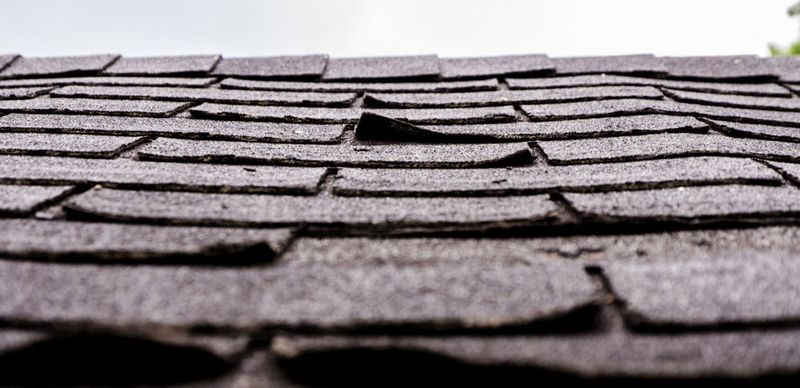
Most asphalt shingle roofs last about 20-25 years before they need replacing. Tile or metal roofs can go 50+ years! If your roof is approaching these milestones, it might be time for a change.
Sometimes older roofs can still function well if they were installed properly and have faced gentle weather conditions. But like people, roofs don’t improve with age!
2. Curling Or Buckling Shingles
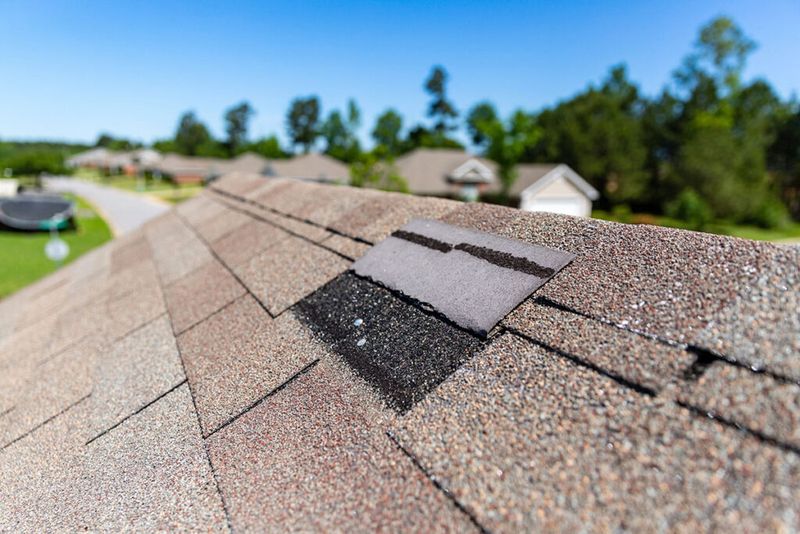
When shingles start looking like potato chips, trouble’s brewing! Curling edges or buckling middles mean your shingles are no longer lying flat where they should be.
This warping creates openings where water can sneak underneath and cause leaks. If you spot these issues on multiple areas of your roof, it’s not just a repair job – you’re looking at replacement territory.
3. Missing Shingles Or Tiles
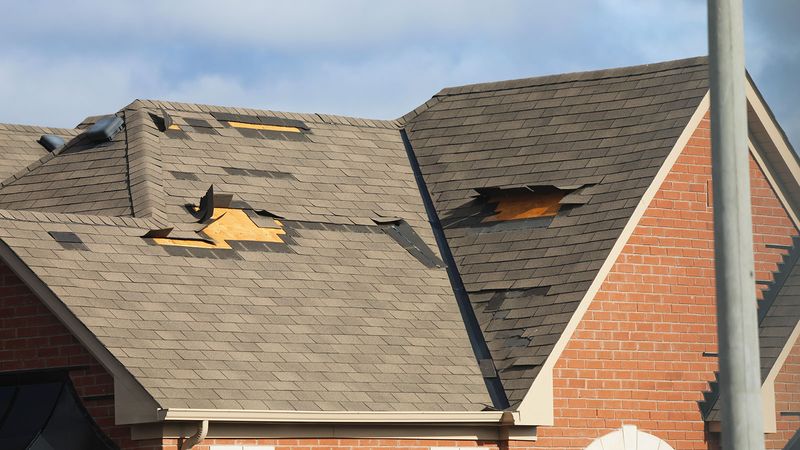
Gaps in your roof are like missing teeth – not just unsightly but problematic! Wind storms often claim a few shingles, leaving vulnerable spots where water can penetrate.
If you’re only missing one or two pieces, a simple repair might suffice. However, when your roof starts looking like a checkerboard with multiple bare patches, it’s probably time to consider a complete overhaul rather than playing catch-up with repairs.
4. Granules In The Gutters
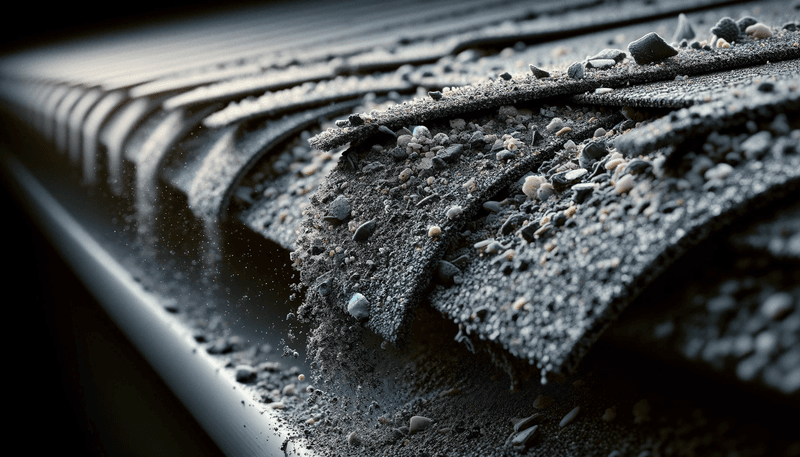
Finding little black granules in your gutters? Those protective particles from your shingles are jumping ship! New roofs naturally shed some excess granules, so don’t panic if your roof is fresh.
For older roofs, however, significant granule loss is a red flag. Without these protective particles, your shingles become vulnerable to sun damage and will deteriorate much faster.
Check your gutters after rainstorms – they might be telling you something important!
5. Daylight Through Roof Boards
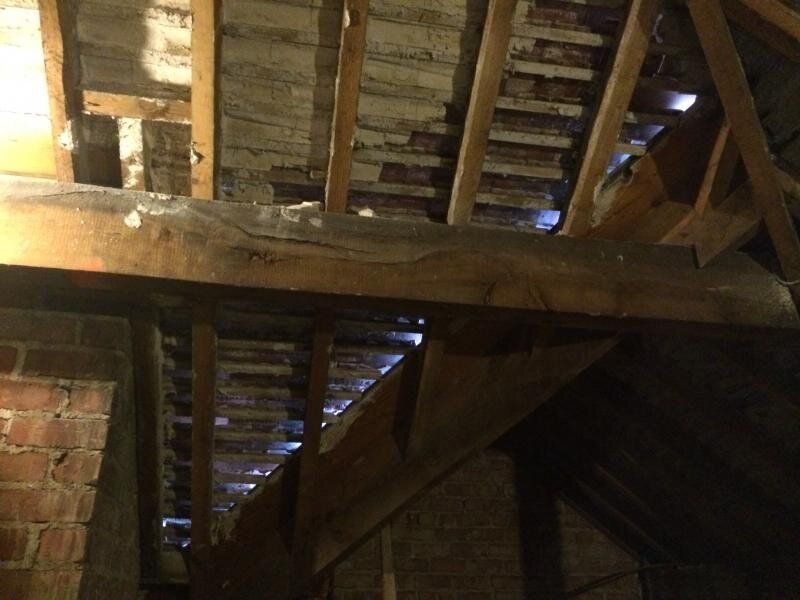
If you can see sunlight peeking through your attic ceiling, your roof has essentially hung an “Open House” sign for rain and snow! This means your roof decking has weakened from moisture exposure.
While in your attic, also check for moisture or water stains on the underside of your roof. These damp spots indicate water is finding its way in, even if you haven’t noticed leaks in your living spaces yet. Don’t wait until ceiling stains appear!
6. Sagging Roof Deck
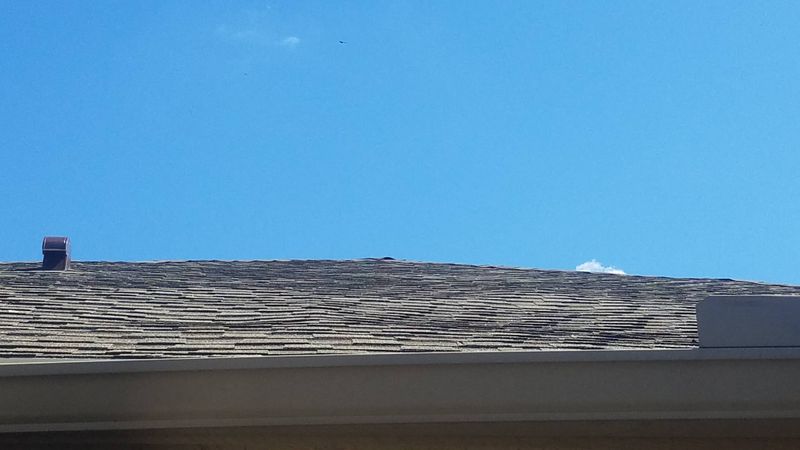
A droopy roof is never a good fashion statement! If your roofline resembles a smile rather than a straight line, structural problems are at play.
Sagging often indicates the roof decking (the plywood layer under your shingles) has weakened from moisture. Left untreated, a sagging roof can lead to major structural damage.
You might notice this from outside as a wavy appearance, or from your attic as a ceiling that doesn’t look quite right. Either way, call a professional immediately!
7. Rising Energy Bills
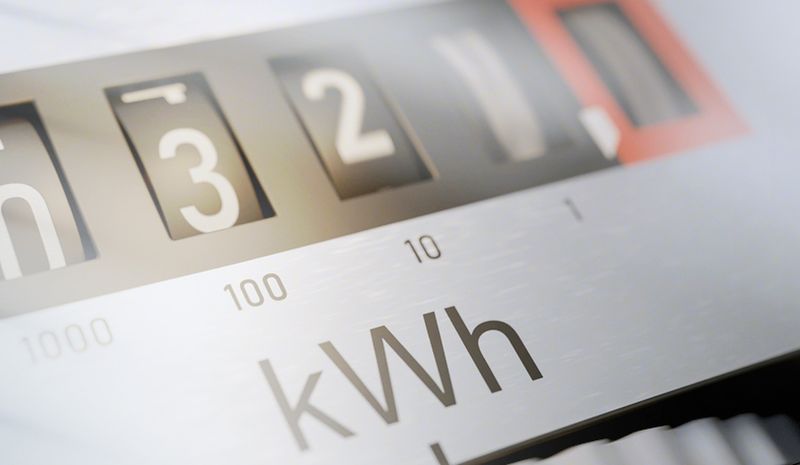
Shocked by your recent heating or cooling costs? Your roof might be the culprit! A failing roof lets precious conditioned air escape while allowing outside temperatures to influence your home more than they should.
Many homeowners don’t connect their energy bills with their roof condition. If you’ve ruled out other causes for increasing energy costs, your roof’s declining insulation properties could be the hidden energy thief.
New roofing materials can significantly improve your home’s energy efficiency.
8. Water Stains On Ceilings Or Walls
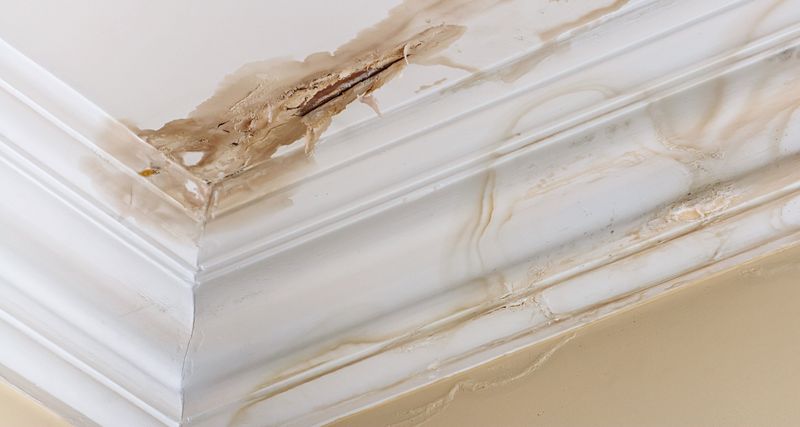
Brown spots on your ceiling aren’t modern decor – they’re distress signals! Water stains typically appear as yellowish-brown discolorations and might grow after heavy rainfall.
The tricky part? The leak source might not be directly above the stain. Water can travel along roof panels or beams before dropping onto your ceiling.
If you notice these telltale marks, especially after storms, your roof has likely sprung a leak that needs immediate attention.
9. Mold Or Moisture In Your Attic
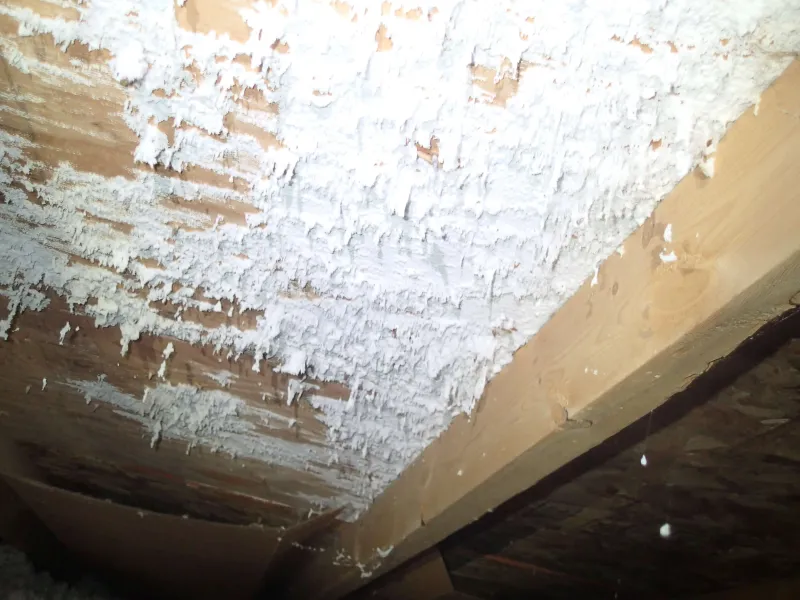
Fuzzy green or black spots in your attic aren’t vintage decor – they’re mold colonies! Proper roof ventilation prevents moisture buildup, but when vents get blocked or roofing fails, humid conditions create a mold paradise.
Besides being unsightly, mold poses health risks and can damage your home’s structure. Check your attic after rainstorms for dampness or musty odors.
If your attic feels unusually humid or smells funky, your roof might not be breathing properly.
10. Recent Severe Weather Events
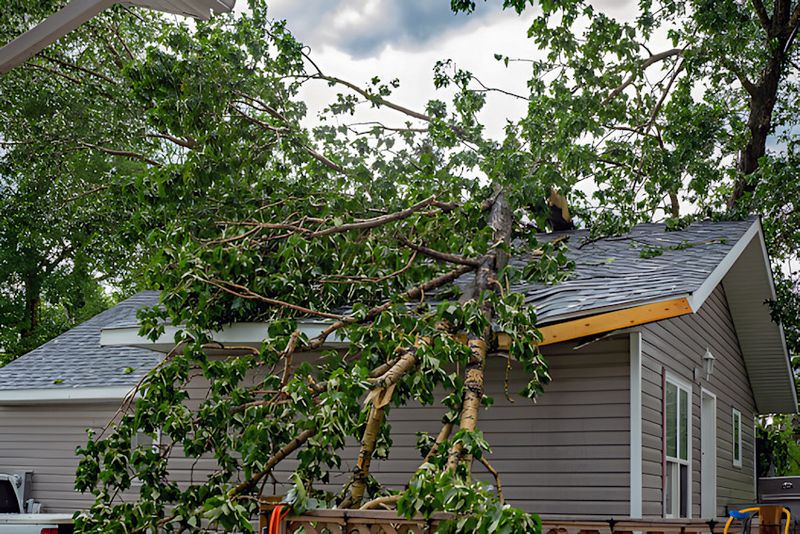
Mother Nature can be rough on roofs! Hailstorms, hurricanes, and heavy snowfall can inflict serious damage that isn’t always immediately visible. Large hail can create divots in shingles, while high winds might loosen fasteners.
If your neighborhood recently experienced extreme weather, consider a professional inspection even if you don’t see obvious damage.
Some insurance policies cover weather-related roof damage, but many have time limits for filing claims. Don’t wait until minor damage becomes major!
11. Neighbors Are Getting New Roofs
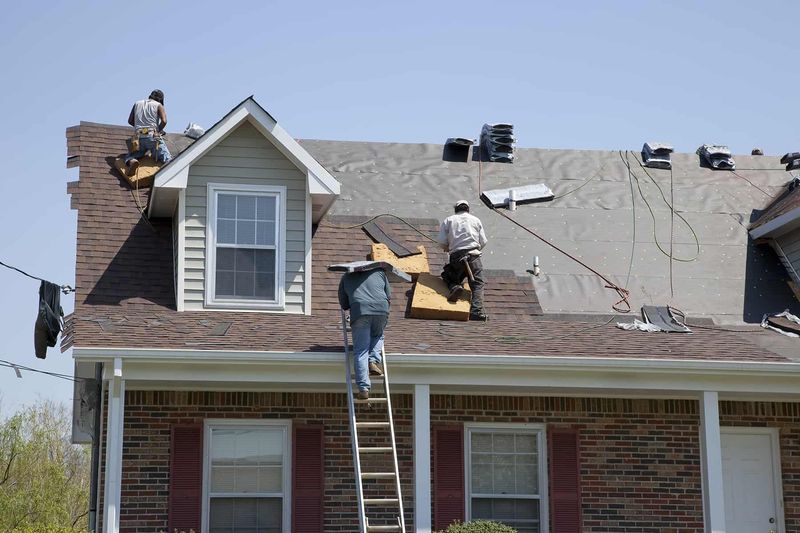
When your street turns into Roof Replacement Row, pay attention! Homes built around the same time often need roof replacements around the same time too.
Your neighbors’ roofing decisions might be your early warning system. While keeping up with the Joneses isn’t usually sound financial advice, in this case, it might be prudent.
Ask neighbors about their decision factors – did they find damage, or are they being proactive? Their insights could help inform your own roofing timeline.
12. Upcoming Home Sale Plans

Planning to sell soon? A shabby roof can scare away buyers faster than ghost stories! Home inspectors always check roof condition, and problems often become negotiation points or deal-breakers.
While a new roof represents a significant investment, it typically returns 60-70% of its cost in increased home value.
Plus, listings that mention “new roof” often sell faster. If your current roof has less than 5 years of life left, replacing it before listing could be a smart move.
13. Repair History And Frequency
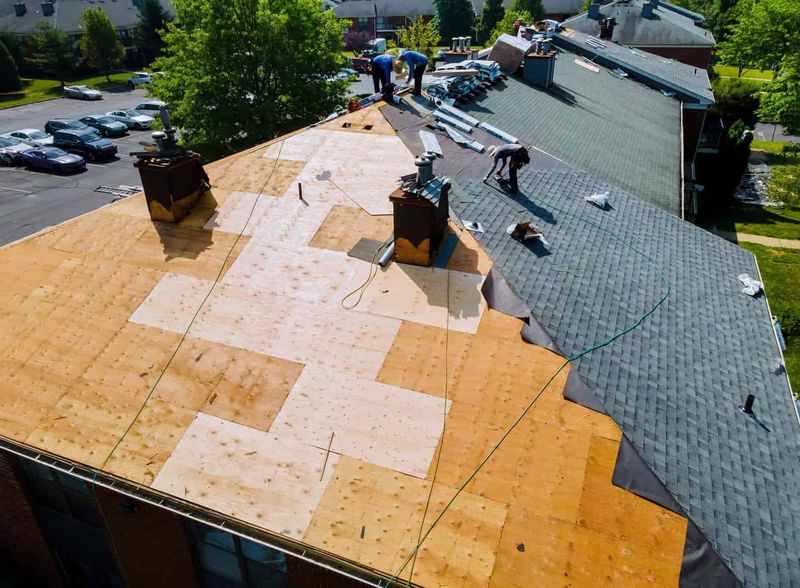
If your roof repair guy sends you holiday cards because you see him so often, it’s time for a replacement! Frequent repairs signal your roof is failing systematically rather than having isolated problems.
Track your repair costs over time. When they start adding up to a significant percentage of replacement costs, continuing to patch things becomes financially wasteful.
Many roofing experts suggest the “50% rule” – if repairs would cost half or more of a new roof, replacement is usually wiser.
14. Opportunity For Upgrades
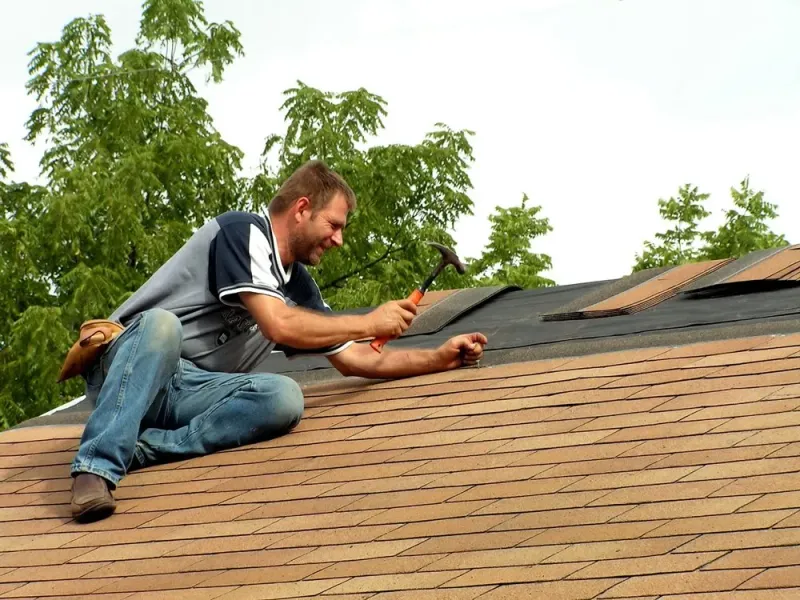
Roof technology has come a long way! Modern materials offer better protection, energy efficiency, and curb appeal than what was available even 15 years ago.
Impact-resistant shingles can lower insurance premiums in some areas. Cool roofs reflect sunlight instead of absorbing heat, potentially reducing cooling costs by 15-30%.
Solar-ready roofing makes future panel installation easier. If your current roof is nearing the end of its useful life, these upgrade opportunities might tip the scales toward replacement.
15. Current Financial Situation
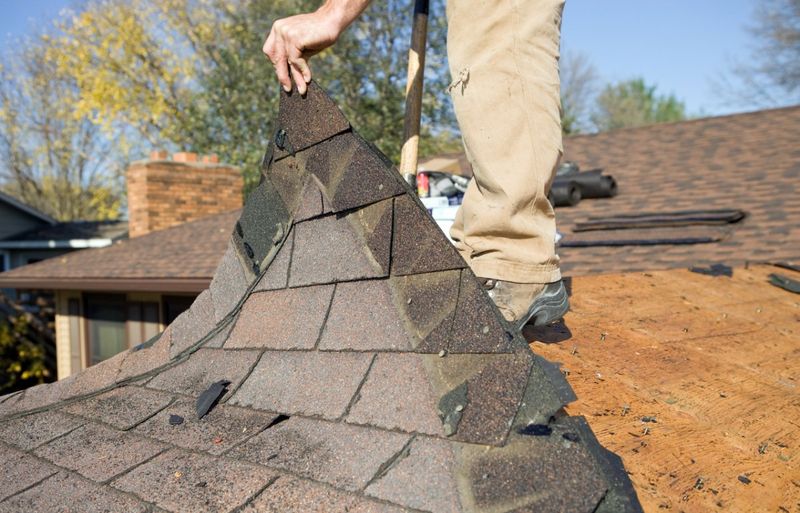
Timing is everything with big home projects! If your roof isn’t in immediate crisis, consider your current financial picture.
Do you have emergency savings? Are interest rates favorable for home equity loans? Many roofing companies offer financing options, but compare these carefully with other funding sources.
Some homeowners strategically time roof replacements to coincide with tax refunds or year-end bonuses. Remember that delaying a necessary replacement often leads to more expensive repairs down the road.

